-
 Bitcoin
Bitcoin $120400
1.77% -
 Ethereum
Ethereum $3615
7.90% -
 XRP
XRP $3.580
17.84% -
 Tether USDt
Tether USDt $1.001
0.06% -
 BNB
BNB $729.4
1.25% -
 Solana
Solana $179.9
5.04% -
 USDC
USDC $0.0000
0.01% -
 Dogecoin
Dogecoin $0.2311
8.22% -
 TRON
TRON $0.3226
4.04% -
 Cardano
Cardano $0.8490
12.85% -
 Hyperliquid
Hyperliquid $46.45
0.72% -
 Stellar
Stellar $0.4913
8.54% -
 Sui
Sui $4.027
2.00% -
 Chainlink
Chainlink $18.51
11.67% -
 Hedera
Hedera $0.2818
21.51% -
 Avalanche
Avalanche $24.03
7.40% -
 Bitcoin Cash
Bitcoin Cash $508.5
2.90% -
 Shiba Inu
Shiba Inu $0.00001496
3.24% -
 UNUS SED LEO
UNUS SED LEO $8.961
1.83% -
 Toncoin
Toncoin $3.264
3.13% -
 Litecoin
Litecoin $104.6
8.15% -
 Polkadot
Polkadot $4.389
6.11% -
 Uniswap
Uniswap $9.924
10.63% -
 Monero
Monero $337.9
0.49% -
 Pepe
Pepe $0.00001376
2.79% -
 Bitget Token
Bitget Token $4.830
2.46% -
 Ethena USDe
Ethena USDe $1.001
0.05% -
 Dai
Dai $1.000
0.02% -
 Aave
Aave $325.2
1.66% -
 Bittensor
Bittensor $423.7
-0.85%
How to verify an NFT's authenticity?
To verify an NFT's authenticity, check its blockchain data, wallet address, smart contract, and metadata through trusted tools like Etherscan or IPFS.
Jul 17, 2025 at 04:22 pm
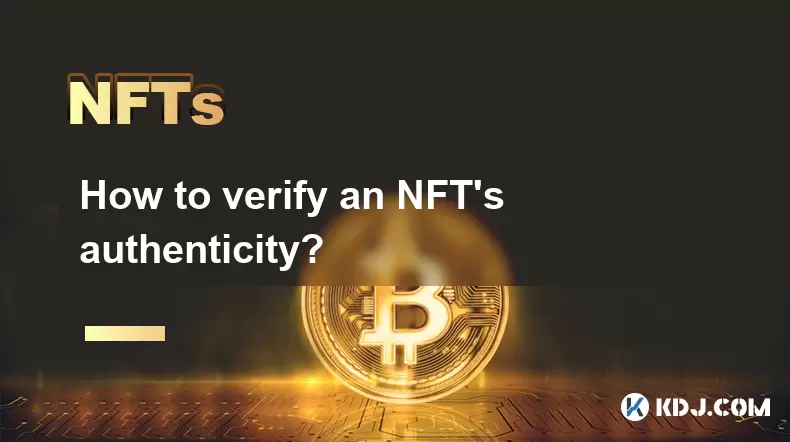
Understanding the Basics of NFT Authenticity
An NFT (Non-Fungible Token) is a unique digital asset that represents ownership of a specific item or content, often stored on a blockchain. To verify an NFT's authenticity, one must understand how blockchain technology underpins its creation and distribution. Each NFT has a distinct digital signature that is recorded on the blockchain, making it traceable and immutable. This means that once an NFT is created or minted, the information regarding its origin and ownership cannot be altered. Verifying authenticity involves checking this blockchain data to ensure the NFT is not counterfeit.
Checking the Blockchain and Wallet Address
To verify an NFT’s authenticity, begin by examining the blockchain where the NFT is stored. Popular blockchains for NFTs include Ethereum, Solana, and Binance Smart Chain. Use a blockchain explorer such as Etherscan for Ethereum-based NFTs or Solscan for Solana-based NFTs. Enter the wallet address of the NFT owner or the contract address of the NFT collection to view the transaction history and ownership records. This step ensures that the NFT has a verifiable trail of ownership and that the current holder is legitimate. Ensure the wallet address matches the one listed on the NFT marketplace where the token is being sold or traded.
Reviewing the Smart Contract
The smart contract is the backbone of any NFT. It contains the rules and conditions governing the token, including its metadata and ownership history. To verify authenticity, locate the NFT's smart contract address on the marketplace or from the creator’s official documentation. Paste this address into the blockchain explorer to review the contract’s code and transaction history. Check for any irregularities or suspicious activity. Legitimate NFTs will have a transparent and publicly accessible smart contract with a clear minting and transfer history. Also, verify whether the contract has been verified by the blockchain explorer, which confirms that the code matches what was deployed.
Examining Metadata and IPFS Links
NFT metadata includes details such as the name, description, and attributes of the digital asset. This information is often stored off-chain using IPFS (InterPlanetary File System), a decentralized file storage protocol. To confirm authenticity, inspect the IPFS hash linked in the NFT's metadata. You can use tools like IPFS Gateway or Pinata to access the file and ensure it matches the content being advertised. If the file is missing, altered, or doesn’t match the NFT’s description, it may be a counterfeit. Always cross-reference the metadata and media files with what is publicly available from the official source or creator.
Using NFT Verification Platforms
Several platforms specialize in NFT verification and analysis. Tools like DappRadar, Rarity.tools, and OpenSea’s verification system can help confirm whether an NFT belongs to a verified collection. These platforms often flag suspicious or fake NFTs and provide insights into the collection's history and popularity. Additionally, some marketplaces like OpenSea and LooksRare have verified badges for official collections and creators. Always ensure that the NFT you are examining is part of a verified collection and that the creator’s profile matches the one associated with the NFT. Utilizing third-party verification tools adds an extra layer of security when assessing authenticity.
Engaging with the NFT Community and Creator
Community verification is another crucial step in confirming an NFT's legitimacy. Join official Discord servers, Twitter accounts, or forums related to the NFT project or creator. Ask questions about the NFT, its release, and how to verify ownership. Creators often provide guidelines or tools for verifying their NFTs and may offer support in identifying fakes. Engaging with the community also allows you to spot red flags, such as reports of scams or phishing attempts. If the NFT is part of a well-known collection, community members are usually quick to flag suspicious listings or transactions.
Frequently Asked Questions
Can I verify an NFT without a blockchain explorer?
While blockchain explorers are the most reliable method, some NFT marketplaces offer built-in verification features. However, using a blockchain explorer remains the most accurate way to confirm authenticity.
What if the NFT metadata points to a broken link?
A broken link could indicate that the NFT is fake or that the file has been removed. Always verify the IPFS link through a gateway or contact the creator to confirm the file’s legitimacy.
How do I know if a wallet address is trustworthy?
Cross-check the wallet address with the creator’s official announcements or verified profiles. Repeated transactions to unknown addresses or sudden changes in ownership can be warning signs.
Is it possible for a verified NFT to become fake later?
Once an NFT is minted and verified on the blockchain, it cannot be altered. However, scammers may create similar-looking NFTs in fake collections. Always double-check the contract address and metadata to avoid confusion.
Disclaimer:info@kdj.com
The information provided is not trading advice. kdj.com does not assume any responsibility for any investments made based on the information provided in this article. Cryptocurrencies are highly volatile and it is highly recommended that you invest with caution after thorough research!
If you believe that the content used on this website infringes your copyright, please contact us immediately (info@kdj.com) and we will delete it promptly.
- Bitcoin, MSTR & Saylor's Strategy: A Winning Trifecta?
- 2025-07-18 08:30:13
- Bitcoin Mortgages Down Under: A New Wave in Australian Homeownership?
- 2025-07-18 08:50:12
- Cryptocurrencies, Bitcoin, and the Next Wave: What's Coming?
- 2025-07-18 08:50:12
- Maharashtra Government Nurses Launch Indefinite Strike: A Healthcare Crisis?
- 2025-07-18 04:30:13
- Hilbert Group, Syntetika, and Tokenization: Bridging DeFi and Institutional Finance
- 2025-07-18 05:30:12
- Crypto Regulation in the US House: Decoding the CLARITY Act and What It Means for You
- 2025-07-18 04:30:13
Related knowledge
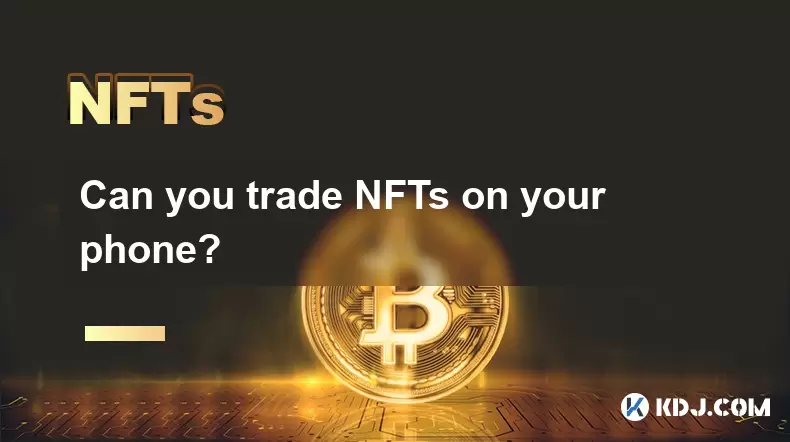
Can you trade NFTs on your phone?
Jul 18,2025 at 04:29am
Trading NFTs on Mobile DevicesYes, you can trade NFTs on your phone, and the process has become increasingly streamlined thanks to a variety of mobile...
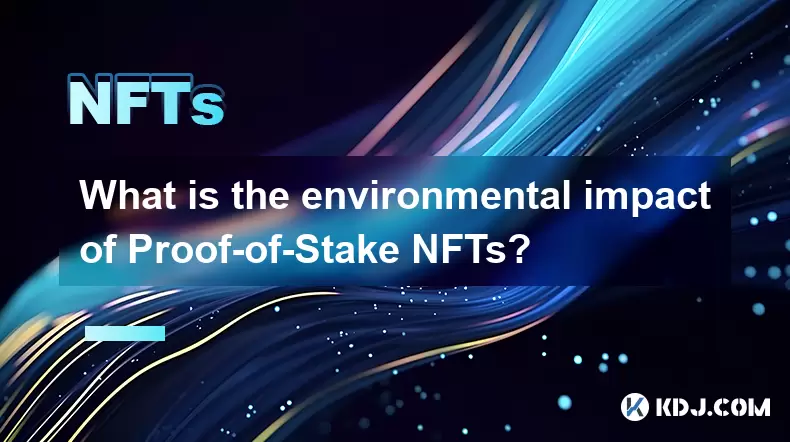
What is the environmental impact of Proof-of-Stake NFTs?
Jul 17,2025 at 07:14pm
Understanding the Basics of Proof-of-Stake NFTsProof-of-Stake (PoS) is a consensus mechanism used by blockchain networks to validate transactions and ...
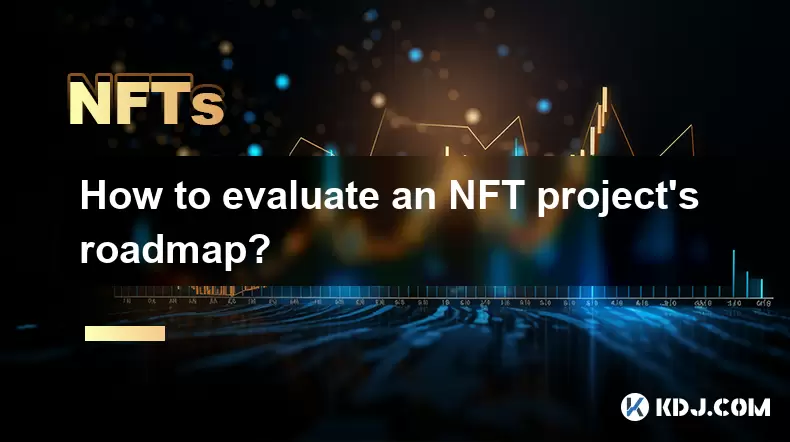
How to evaluate an NFT project's roadmap?
Jul 18,2025 at 01:21am
Understanding the Basics of an NFT Project RoadmapAn NFT project's roadmap is a strategic document that outlines the short-term and long-term goals of...
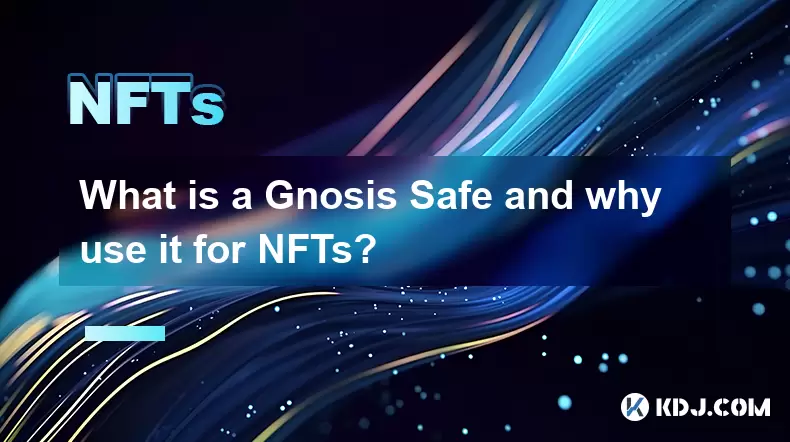
What is a Gnosis Safe and why use it for NFTs?
Jul 18,2025 at 05:57am
Understanding the Gnosis SafeA Gnosis Safe is a multi-signature wallet developed by the Gnosis team, which allows users to manage digital assets with ...
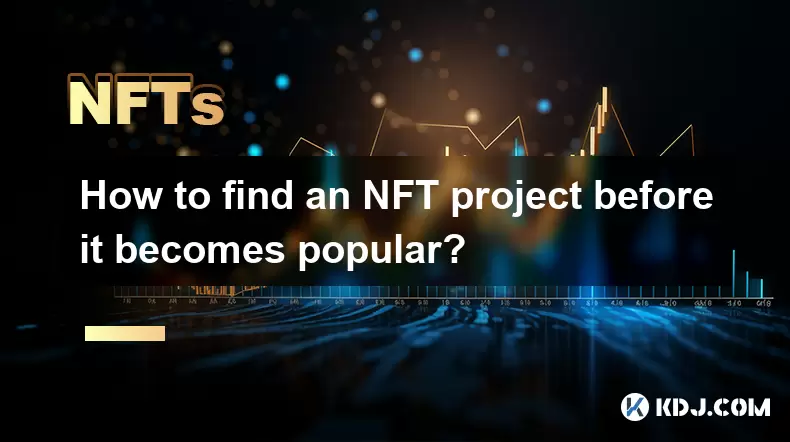
How to find an NFT project before it becomes popular?
Jul 17,2025 at 11:28pm
Understanding the NFT Landscape Before It TrendsThe non-fungible token (NFT) market has seen explosive growth, with some projects skyrocketing in valu...
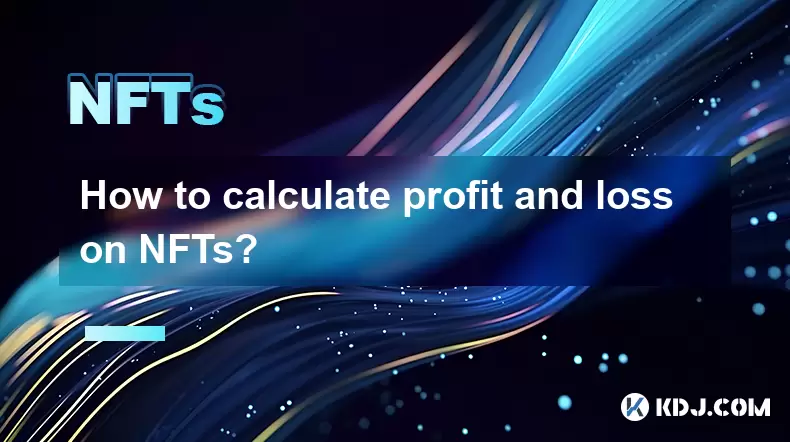
How to calculate profit and loss on NFTs?
Jul 17,2025 at 10:07pm
Understanding the Basics of NFT Profit and Loss CalculationWhen it comes to Non-Fungible Tokens (NFTs), calculating profit and loss is crucial for inv...

Can you trade NFTs on your phone?
Jul 18,2025 at 04:29am
Trading NFTs on Mobile DevicesYes, you can trade NFTs on your phone, and the process has become increasingly streamlined thanks to a variety of mobile...

What is the environmental impact of Proof-of-Stake NFTs?
Jul 17,2025 at 07:14pm
Understanding the Basics of Proof-of-Stake NFTsProof-of-Stake (PoS) is a consensus mechanism used by blockchain networks to validate transactions and ...

How to evaluate an NFT project's roadmap?
Jul 18,2025 at 01:21am
Understanding the Basics of an NFT Project RoadmapAn NFT project's roadmap is a strategic document that outlines the short-term and long-term goals of...

What is a Gnosis Safe and why use it for NFTs?
Jul 18,2025 at 05:57am
Understanding the Gnosis SafeA Gnosis Safe is a multi-signature wallet developed by the Gnosis team, which allows users to manage digital assets with ...

How to find an NFT project before it becomes popular?
Jul 17,2025 at 11:28pm
Understanding the NFT Landscape Before It TrendsThe non-fungible token (NFT) market has seen explosive growth, with some projects skyrocketing in valu...

How to calculate profit and loss on NFTs?
Jul 17,2025 at 10:07pm
Understanding the Basics of NFT Profit and Loss CalculationWhen it comes to Non-Fungible Tokens (NFTs), calculating profit and loss is crucial for inv...
See all articles

























































































